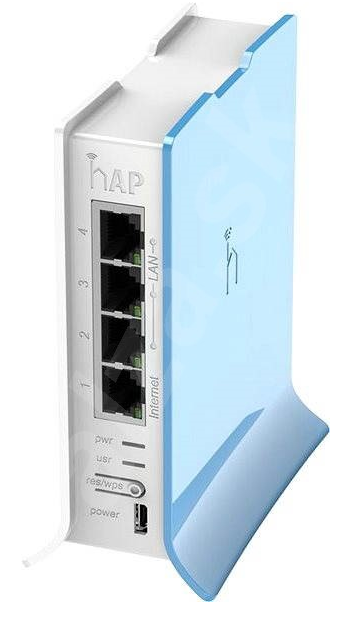The Tale of Windows UAC and Incompetent Programmers
The Tail of Windows UAC
Windows systems… I’m not particularly fond of them anymore. I do believe however that the introduction of UAC, while not perfect1, was a step in the right direction.
We’re all familiar with UAC by now; introduced in Windows Vista and got better by newer versions. While the technical details are complex, the basic concept is simple enough.
Microsoft realized that no matter how much they empathize on Principle of least privilege and advise against using administrator accounts for everyday tasks2, almost all users still do so anyway. On top of that, programmers not following any guidelines, use any location they deem to be fit for their application’s settings.
A solution was needed. One that would not break compatibility with older programs, while giving programmers time to adjust to the new security model. It was also needed to give the sensation of “Administrator privilege” to those users who are so damn eager to have it all the time.
So thanks to the windows users and programmers, we ended up with an overly complicated solution for an imaginary problem3.
From the very start, the new model managed to get a bad reputation. Continue reading

 The overall SD-WAN market increased 33 percent since first quarter 2017.
The overall SD-WAN market increased 33 percent since first quarter 2017. IBM was the first cloud provider to partner with VMware.
IBM was the first cloud provider to partner with VMware.
 The need for cloud and SDN are also linked to 5G network plans.
The need for cloud and SDN are also linked to 5G network plans. Security vendor Dataiku raised $28 million; ECI extends switching to metro networks.
Security vendor Dataiku raised $28 million; ECI extends switching to metro networks.
 Pushing data centers to a cell tower can reduce latency for accessing the cloud.
Pushing data centers to a cell tower can reduce latency for accessing the cloud.